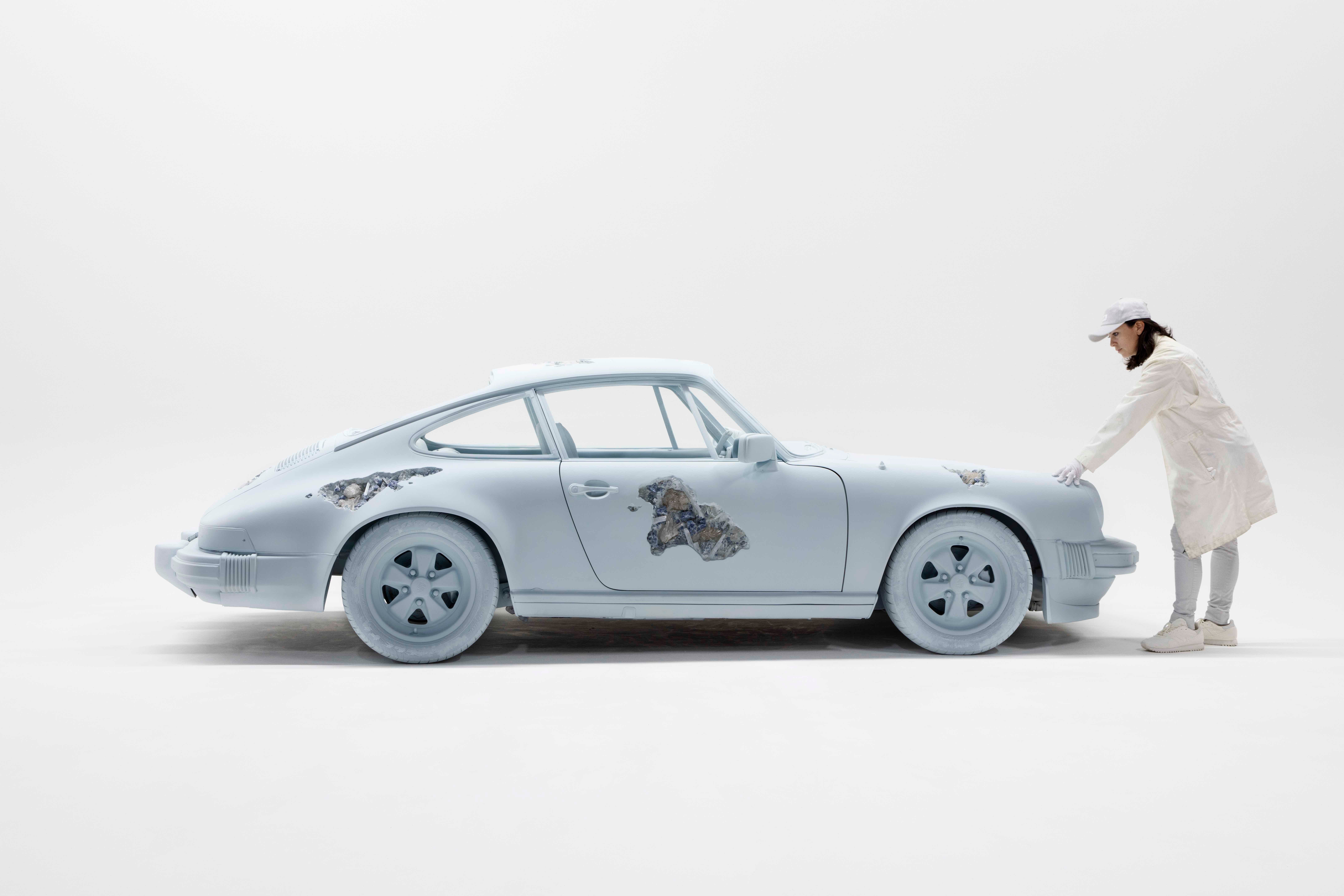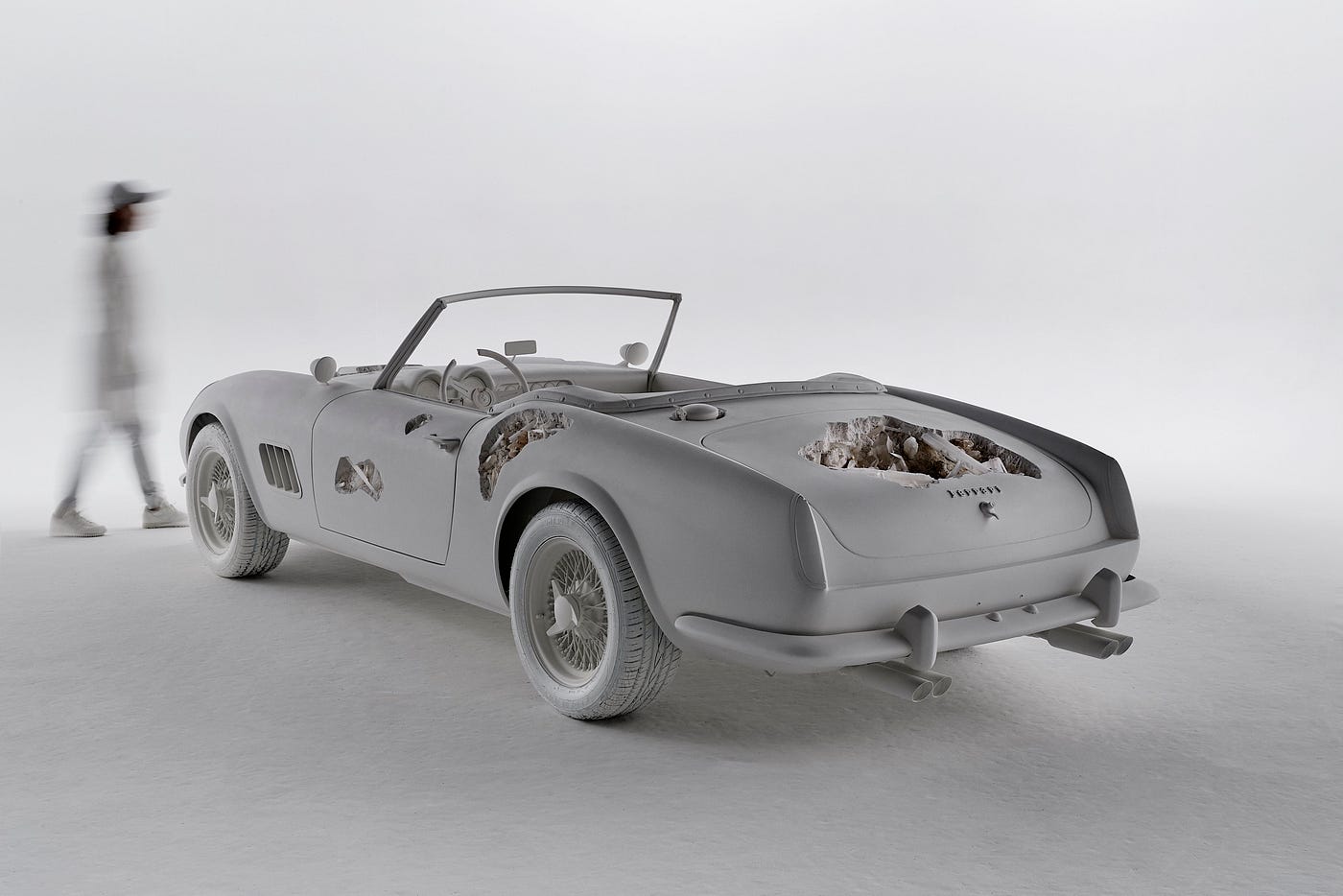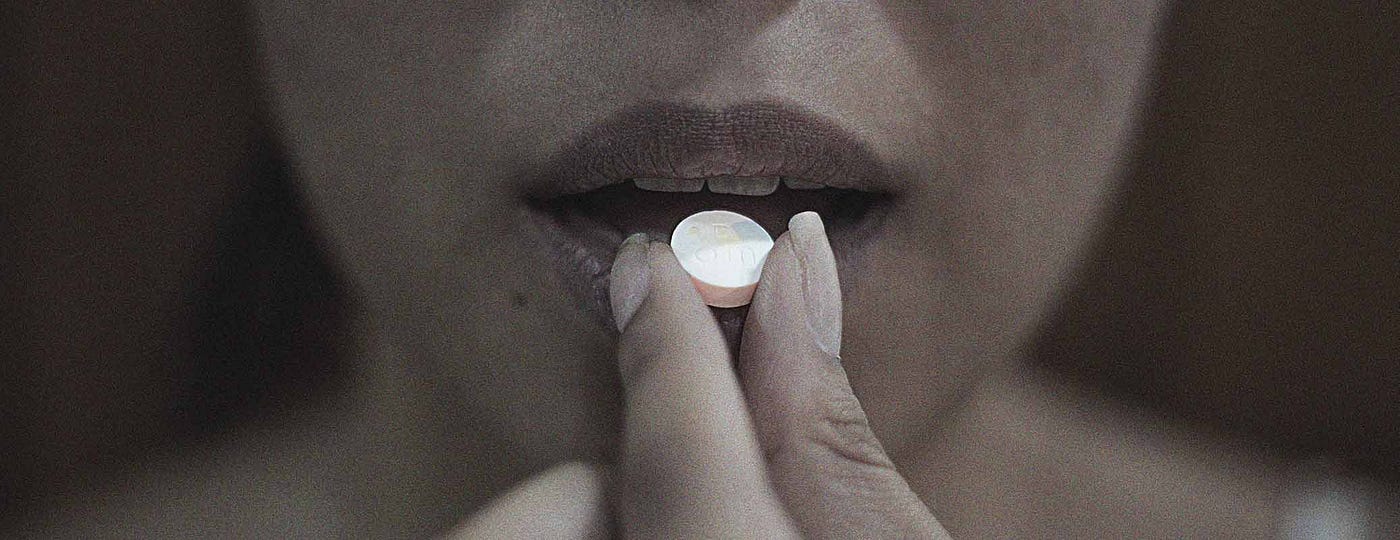Review Rundown: The One That Goes Vroooom
An opportunity to ‘Change Your Mind’ in SF, Augmented Reality in NYC, and a trip to the Auto Museum in LA. (THREE REVIEWS)


This week a trio of reviews from both coasts of the United States. It’s an installation art heavy week as Laura Hess hits up an AR installation in NYC and the latest from Daniel Arsham at LA’s Petersen Automotive Museum. Plus a solo experience in San Francisco that promises to Change Your Mind.
Looking for more? Last week’s Review Rundown “Of Plants, Planets, Platypuses, & Paralysis” is just a click away.
Are you a creator who looks upon these reviews with envy? Okay, the positive ones, at least? Then you might want to check out our How To Get Covered By NoPro guide. Want to get listed in our newsletter and have your event shared with our social media following? Submit a listing to Everything Immersive.
Keep No Proscenium free for all by becoming a Patreon backer today!

Arsham Auto Motive — Petersen Automotive Museum
$10.95 — $19.95; Los Angeles, CA; Closes Nov. 26
The Petersen Automotive Museum is one of the world’s largest automotive museums. Previous exhibitions include The Porsche Effect, a stunning feature of the most significant Porsche models ever built, and Bond in Motion, the first official U.S. installation of original vehicles from the James Bond film franchise.
Petersen’s enthusiasm for cars isn’t limited to the street or screen. The museum currently hosts Arsham Auto Motive, an exhibit of “eroded” automotive artifacts by contemporary multimedia artist Daniel Arsham. The show includes model and full-scale vehicles, one of which is a restored, drivable, and unreasonably covetable Porsche 356 Speedster. Fiberglass casts of modern cars and automotive “remains” are presented as though fossilized; mineral crystals such as quartz and selenite emerge from gashes of deterioration. As described by Petersen, the works “occupy a space where the concepts of yesterday, today, and tomorrow collide.”
With his “Future Relic” aesthetic, Arsham has long explored fictional archaeology. His work is effective in part because there’s no false narrative for the objects; they aren’t depicted as genuine, historical artifacts (as opposed to Damien Hirst — well, sort of…). Rather, the meticulous sculptures are a meditation on time’s inevitability. In Arsham’s rendering, decay is beautiful, glamorous even. And yet, it still inspires existential creep through iconic cultural references.
A recreation of the 1961 Ferrari GT joyride from Ferris Bueller’s Day Off is stripped of its defining cherry gloss and reimagined in a matte buttery cream. There’s a flatness in the paint’s uniformity that reduces the car to its most essential form while elevating it to an ultimate silhouette. Color uniformity and monochrome are core tenets of Arsham’s work. He was born with deuteranopia, colorblindness of red and green tones, and can see roughly 20 percent of the colors and shades a person can generally distinguish. For decades, his work has been in black, white, and gray scale, with a focus on texture and shape. In 2015, with new access to specialized glasses, Arsham could experience a fuller color spectrum. His art began incorporating saturated blues, purples, and pinks.
Arsham Auto Motive is yet another departure. The majority of the show is a delicate palette of Easter pastels in pink, blue, and yellow — the antithesis of rot and decline. The subtlety draws attention to the sculptures’ deterioration as a kind of honorarium. In addition to crystals, Arsham works with volcanic ash, a material that embodies geological destruction. And although volcanic ash can corrode and destroy, it can also be a fertile, nutrient-rich resource. The resulting contrast is both distressing and serene. It’s reminiscent of a line from Ovid’s poem Metamorphoses: “Everything changes, nothing is lost.”
— Laura Hess, Arts Editor

Change Your Mind — Say Nothing and Leave
$49 or email for PWYC; San Francisco; through April 29th
Change Your Mind is an intimate experience that takes participants on “a journey through one’s own relationship to self.” This “patented Personality Edit,” or “cosmetic personality enhancement” deletes flawed parts of your personality. It’s a solo undertaking: an immersive audiovisual experience supplemented by interactions with actors.
Upon arrival at the small office, I took a “personality improvement” pill. I filled out an assessment that was essentially a hilarious and unpredictable therapy intake form. I almost felt tender in the way that one might feel during actual therapy, but the slightly unhinged slant on everything made it easy to laugh at myself.
Get No Proscenium’s stories in your inbox
Join Medium for free to get updates from this writer.
SubscribeSubscribe
My pathology was determined to be “anxious has-been.” I donned special goggles and headphones in a small private room, and the “procedure” proceeded to delete unsavory parts of my personality. I was impressed by how the audio and visual effects lined up, bringing me to an introspective place. The narrative made me question my choice in a way reminiscent of Eternal Sunshine of the Spotless Mind — was deleting this piece of myself necessary or good?
Co-creator Ellie DiBerardino stated that participants are the “protagonist in a rich, responsive, fictional world in which your choices will actually matter.” While I was called upon to make a few decisions, overall, I didn’t feel a big sense of agency. I also found the experience didn’t fully live up to its original premise that I would “certainly change my mind.” I can’t quite place what the takeaway was — it all felt a little too generic and philosophical. Or maybe, the procedure actually worked?
In the end, it was fun to imagine giving myself permission to change my personality. I walked away with a handwritten note that said “Congrats! Go forth with non-anxiousness and BE.”
— Elissa Mardiney, San Francisco Correspondent

Medusa — Tin Drum
$10 suggested donation; Brooklyn, NY; Closes April 16
A dinner party. A conversation about “what architecture means if it’s free from the physical realities of shelter or boundary or whatever it is that it’s supposed to do.”
In recounting this story to Fast Company, Todd Eckert described the inception of Medusa, a new mixed reality experience. Eckert is the founder of Tin Drum, a collective of artists, designers, and engineers creating content for MR devices. A collaboration between Tin Drum, architect Sou Fujimoto, and director Yoyo Munk, Medusa made its North American premiere at Pioneer Works.
So what does architecture mean if it’s free from physical realities? I found out on a recent trip to New York.
The main hall of Pioneer Works is a vast emptiness. Visitors to the former factory are greeted by 40-foot ceilings and little else. People wander with an odd sense of idleness, a drifting preamble to an unknown reveal. A few lounge picnic-style. Others line the room’s edges like lint. Most are wearing the vaguely steampunk Magic Leap glasses, twisting and angling to see…?
The glasses unveil an expanse in the rafters. Thousands of teal reeds undulate, rising and falling, sometimes with speed and other times as a slow cascade. I reached my hand out, like a child meeting its first snowfall. Tin Drum describes it as “a virtual space that draws inspiration from atmospheric auroras as well as deep sea dwelling siphonophores.” The digital installation feels organic and wild, like a true aurora borealis or ancient sea creature.
Director Munk characterizes Medusa as “a space for contemplation in times of rapid change, where divisions that may have once felt solid are disintegrating and reshaping themselves.” It’s this sensation of disintegration that creates a seamless overlay between the physical and augmented architectures. Compared to a virtual reality headset, the Magic Leap 2 glasses are lightweight and optically transparent. Seeing other participants fends off the isolation that VR can induce. Movement through physical space isn’t impeded and the resulting freedom expands interaction with the AR aurora.
The augmented projection is accompanied by an ambient soundscape: “an abstract juxtaposition that weaves together underwater recordings with an original score” (composed by the late artist Ryuichi Sakamoto and reinterpreted by pianist Kelly Moran). Live performances by Moran amplify the virtual effects and vice versa; it’s a spectacular example of integrated technology combined with the presence of liveness.
Medusa is a visceral, surreal threshold. It hovers in the blur between reality and fantasy, a “new realm” of sensory experience, and an ultimate offer of possibility. Accept the invitation.
— Laura Hess, Arts Editor
Please note, RSVPs for general entry to Pioneer Works do not guarantee access to the headsets required to experience Medusa, but guests may sign up for an in-person waitlist at the event. The headsets are not recommended for guests under the age of 13, and will not fit over worn prescription eyewear. Pianist Kelly Moran’s final live performance is Saturday, April 15.
Discover the latest immersive events, festivals, workshops, and more at our new site EVERYTHING IMMERSIVE, new home of NoPro’s show listings.
NoPro is a labor of love made possible by our generous Patreon backers. Join them today!
In addition to the No Proscenium website, our podcast, and our newsletters, you can find NoPro on Facebook, LinkedIn,YouTube, Twitter, Instagram, in the Facebook community Everything Immersive, and on our Patreon Backer exclusive Discord.